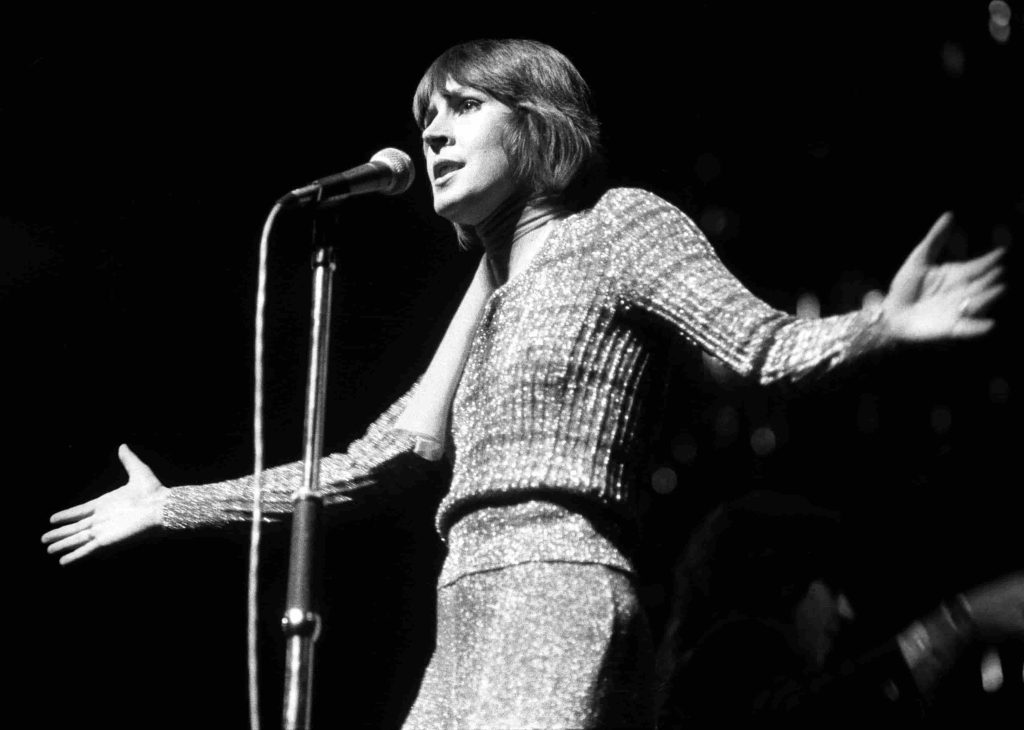
A Declaration of Independence: The Enduring Legacy of “I Am Woman”
“I Am Woman”, performed by the iconic Helen Reddy, isn’t merely a song; it’s a cultural phenomenon. Released in 1972, it quickly ascended the charts, reaching number one on the Billboard Hot 100 in December of that year. This wasn’t just a chart-topper; it was a declaration, an anthem for the burgeoning women’s liberation movement, a rallying cry heard across the globe.
The genesis of “I Am Woman” is as compelling as the song itself. Reddy, an Australian-American singer, felt a distinct lack of songs that reflected the experiences and aspirations of women. She sought a song that spoke of strength, independence, and the journey towards equality. Finding none that truly captured this sentiment, she decided to write one herself, collaborating with Australian guitarist Ray Burton. This was not a calculated commercial venture, but a deeply personal project born from a genuine need for representation.
The lyrics, simple yet powerful, resonate with a universal truth: “I am woman, hear me roar / In numbers too big to ignore.” These words, delivered with Reddy’s powerful vocals, became an affirmation for women everywhere. It was a time of societal change, a time when women were challenging established norms and demanding equal rights. “I Am Woman” became the soundtrack to this revolution, an anthem of empowerment, a mirror to the burgeoning sense of collective strength. One can easily recall the era’s shift: the emergence of more women in the workplace, the fight for reproductive rights, and the wider dialogue about equality between the sexes were all encapsulated in this song.
Beyond its socio-political impact, “I Am Woman” is a beautifully crafted piece of music. The melody is both uplifting and anthemic, building to a crescendo that evokes a sense of triumph. Reddy’s vocal performance is commanding, full of conviction and passion. It’s a voice that not only sings the words, but embodies their spirit. When you listened to her sing, you felt a visceral connection with her and countless other women striving for their rightful place in society. In those days, radio played a much more prominent role in culture, and this song being played constantly on the airwaves further cemented its importance.
The song’s impact transcended the 70s. It continues to be a symbol of female empowerment, resonating with new generations. It’s a testament to the enduring power of music to capture the zeitgeist of a moment and to inspire lasting change. This powerful message is what propelled the song to achieve Gold status by RIAA in 1973, a feat which made it more than just a song, it was a cultural artifact.
Looking back, one can appreciate the courage it took for Helen Reddy to write and release such a bold and unapologetic song. It was a risky move, but it paid off in ways that no one could have fully anticipated. “I Am Woman” is more than just a hit record; it’s a timeless testament to the power of music to inspire, unite, and ignite change, even for listeners today. It’s a piece of history, a reminder of how far we’ve come, and a continued call to action for the work that remains. For many, especially those who lived through this transformative era, it serves as a nostalgic reminder of the societal changes that were occurring and, more personally, brings back distinct memories of their own personal journeys of empowerment. It serves as a touching reminder of how a song can act as a cultural timestamp, a souvenir of an important shift in thought and time.